In the past decade or so Hamilton has capitalised on its gateway status with businesses and people moving there for its lower costs, space and potential.
It’s also a help that the never-ending growth of a certain city just up the road has benefits for the wider Upper North Island area.
New Zealand’s fourth largest city contains one of the finest gardens in the country, a lake three minutes from the centre, a river dissecting it and top-class sports teams and stadia.
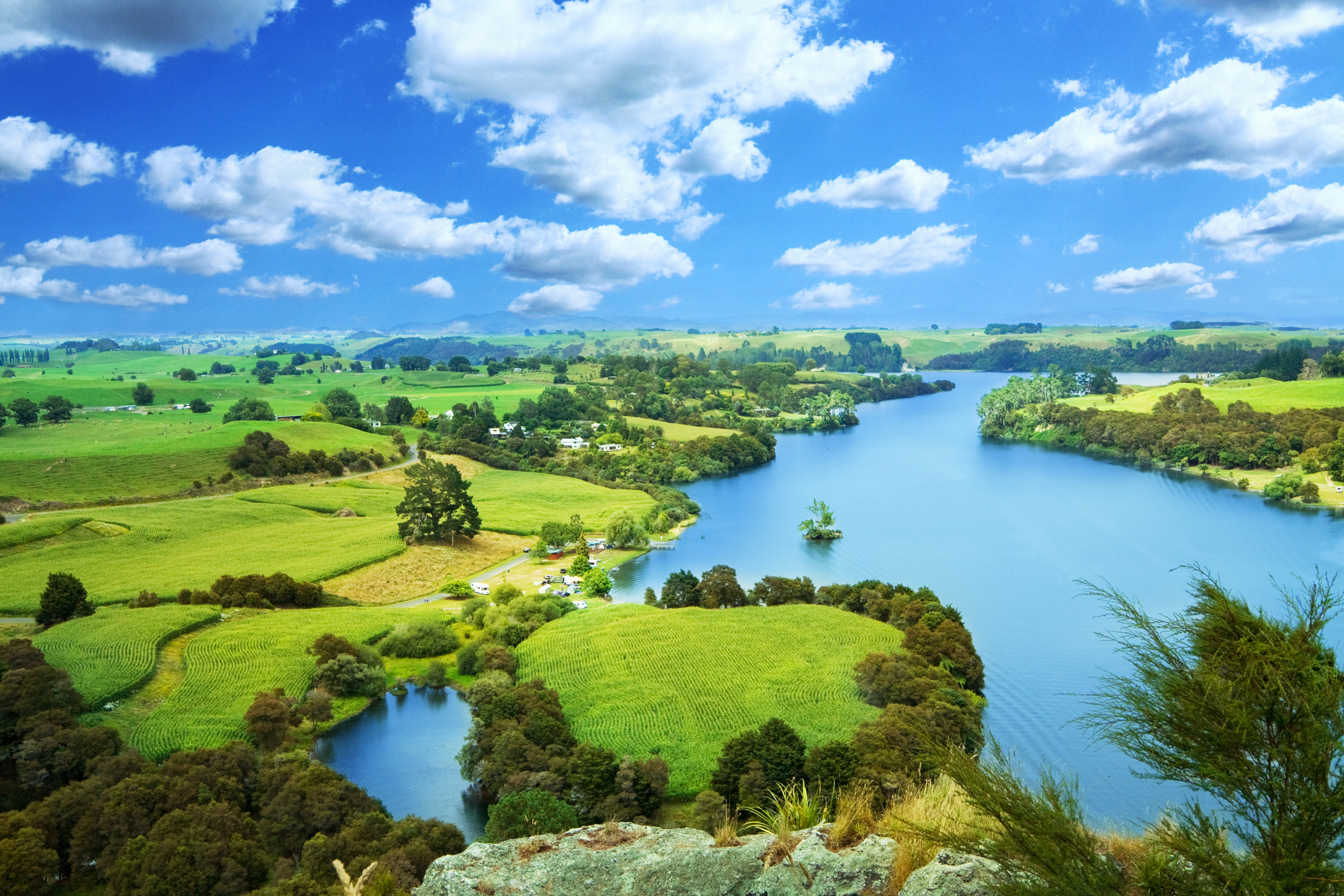
The Waikato River
That’s not to say it’s all positivity; Hamilton tends to elicit a number of different viewpoints from other New Zealanders, often purely on the basis that ‘The Tron’ is neither next to the coast or a major lake.
As part of the city’s development the legal fraternity has experienced a growth spurt of its own.
Hamilton contains a small number of large firms, a lot of medium to small firms and a large number of barristers entrenched in the busy District Court on Anglesea Street.
Twins Andrea Twaddle and Charlotte Isaac started Davidson Twaddle and Isaac with Neil Davidson five years ago.
Significance overlooked
Ms Twaddle, who heads the firm’s employment team, says the region’s significance is overlooked.
“It is often under-appreciated just what is going in Waikato and the extent of the industry and economic activity here. We have everything, from education institutes, health, agribusiness, high-performance sport, tech and tourism; there’s such a broad sector of businesses operating here and some on a significant scale.
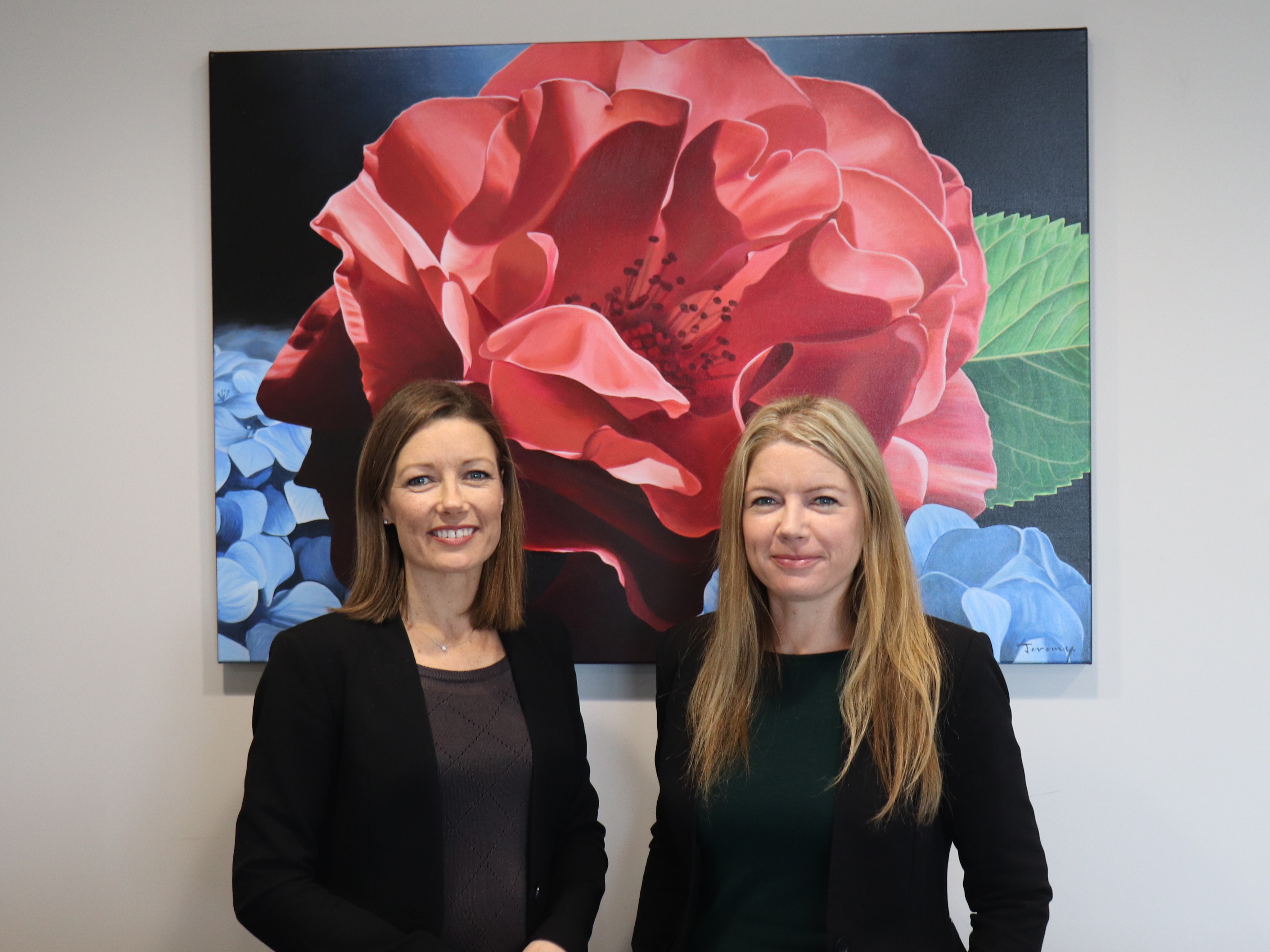
Andrea Twaddle (left) and Charlotte Isaac
“Waikato is the heart of the Kingitanga, and there is also strong development from iwi organisations, including Tainui Group Holdings. Often we get missed off the Auckland-Wellington-Christchurch city discussion but also in the regional discussion. I think the Waikato is a hidden gem.”
Charlotte Isaac, who heads the firm’s commercial team, points out that it’s a growing city, and has been for some time.
“Residential property has been booming for a few years and doesn’t seem to be slowing down. There’s also been a push by the [city] council to revitalise the CBD so there’s now a lot of inner-city residential and commercial development, which is great for the law profession.
“And there’s also commercial property; a number of corporates have moved out of Auckland, presumably due to rising costs, and Wellington, due to the heightened business risk from the recent earthquakes, so we’re seeing more businesses relocate here. Hamilton is seen as a good place to do business. Genesis is an example: it relocated its entire organisation to a refurbished building on Bryce Street last year; the Waikato DHB are doing the same.”
Plenty of work
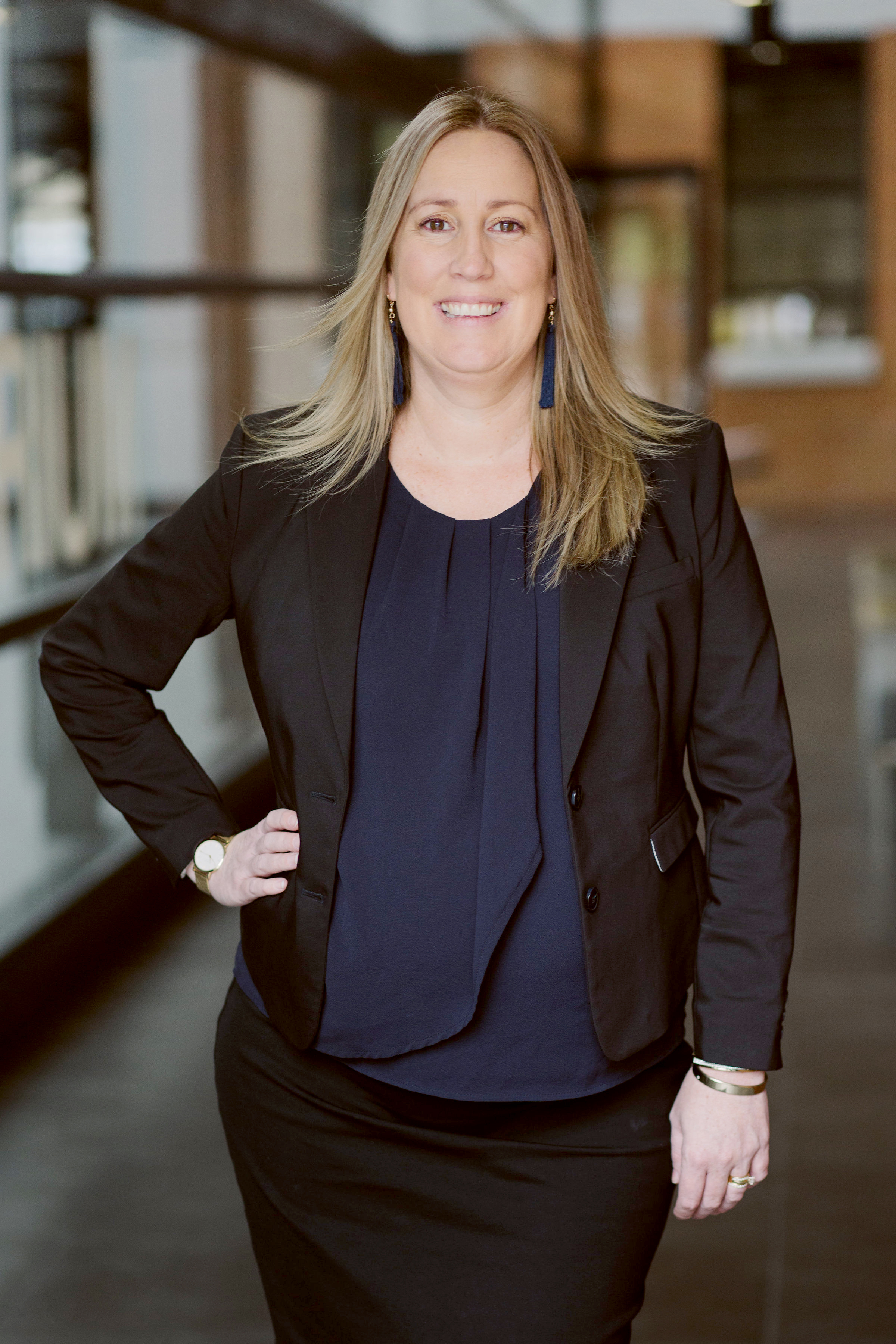
Sarah Rawcliffe
Sarah Rawcliffe, a partner in the litigation team at Harkness Henry, says Waikato’s traditional industries, such as agriculture, have long given lawyers plenty of work. And, more recently, there’s been a growth in heavy industry, particularly on the northern fringes, and which requires the contracting skills of local lawyers.
“There’s also a lot of property development around the Waikato which tend to use local firms.”
Ms Rawcliffe says there are some top quality lawyers in Hamilton, especially in the litigation and commercial areas, serving clients from all over New Zealand.
“There are, I’d say, four big firms in Hamilton but there’s a reflection of what’s happened in Auckland in that you have breakaway, specialist firms and then of course there’s all the long-established firms in the outlying areas with great lawyers and a loyal clientele,” she says.
Serving the entire region
Kate Cornegé is a partner at Tompkins Wake, practising in civil and commercial dispute resolution and has valued the opportunity to learn more about the agriculture industry.
“One of the things that stuck out when I moved here is that our work is heavily connected to all the different parts of the region. So, sometimes I might be working on behalf of a sharemilker on a dispute with a farmer, and then the next day on a on a much larger agri-related commercial dispute.
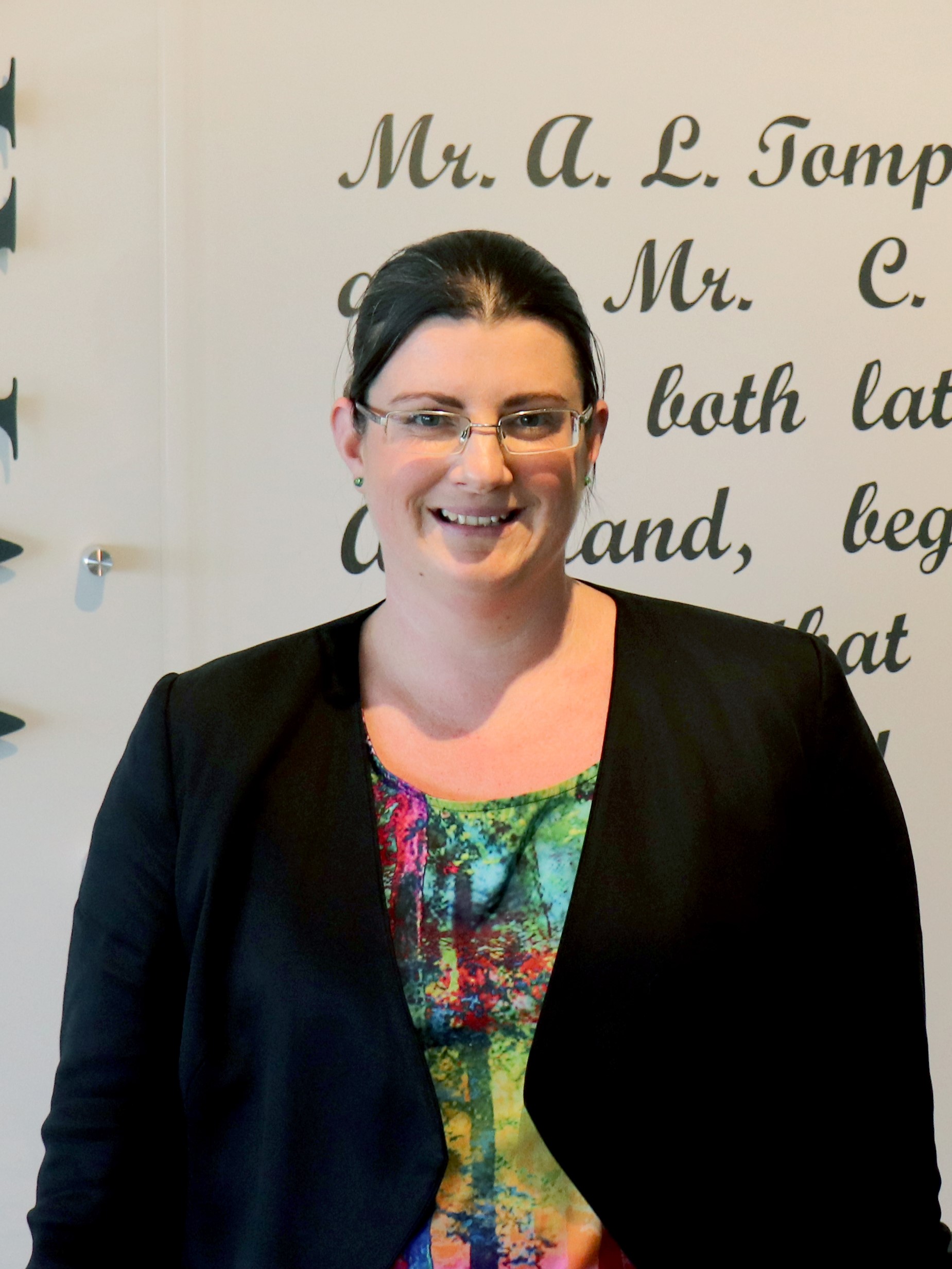
Kate Cornegé
“You’re seeing that whole heartland industry which is really interesting to me as I grew up in a city and worked in large commercial firms in Wellington and Auckland, and you get a fuller understanding of how New Zealand works.
“The pressure on Auckland has impacted on the local legal profession; we have a few people at Tompkins Wake who are either coming back to Hamilton or moving here having worked in Auckland or overseas. It’s a more family-friendly culture and commute,” she says.
Sarah Rawcliffe is one of those who has has returned home, in her case following stints in Auckland and London.
While considering moving back to Auckland from the United Kindgom, Ms Rawcliffe’s husband was offered a job in Waikato, and with family living in the region they opted for Hamilton.
“Hamilton is one of those places that you might say ‘oh, I’m never coming back to’ but a lot of people do, there’s a magnetic force that draws you back and it is the lifestyle. There are a lot of lawyers who have practised in different jurisdictions or in other areas of New Zealand who come back to the city. And there’s also the great law school here that puts out a lot of great graduates.
“I didn’t think I would come back but I’m really happy that I have. When we advertise for positions at Harkness Henry we hear from a lot of people who have done stints somewhere else and are looking to return to the Waikato, either for family or lifestyle reasons.
“As is always the case you always have trouble attracting that two to six year PQE but that’s not just an issue for Waikato, it’s a problem around New Zealand.”
Ms Rawcliffe spoke to LawTalk with her second child, one-month old Sophia, asleep alongside. The firm has been supportive as she has Sophia at work part of the day.
“Because I’m a partner in the team the work continues so I’m working flexibly at the moment. But the clients still need things done and we are a busy team. The firm is very supportive, it’s a first for someone at this firm to come in with a new-born,” she says.
Quick, quick, slow
In this series LawTalk has found that not being stuck in traffic twice a day is a massive tick. And Hamilton remains relatively easy to navigate at peak hours, says Sarah Rawcliffe.

“Hamilton might not have the excellent public transport that London has, and Auckland also has, to an extent, but driving is fairly easy to get into the city.”
But Kate Cornegé says that, while her commute is only 30 minutes, there are still issues, as the new expressway linking Cambridge to the CBD “gets me very fast to the bottleneck”.
However, she says that the difference between driving around Waikato and, say, Auckland is that the congestion “isn’t everywhere” so the school drop-offs are far easier.
Ms Cornegé, who worked in Wellington for four years and one year in Auckland, says the stress of the big city isn’t replicated in Hamilton.
“The main difference between the three cities is in the variety of work. I do some quite significant litigation here but I also do smaller jobs in the District Court and High Court. The hours are shorter, and while I still have to take work home with me, it’s less common, and less taxing.”
Work – when it’s not actual work
For Charlotte Isaac there is more to being a lawyer than sitting in meetings, taking calls and other desk-bound work.
“The older law firm model was based around working 8:30am to 5pm; you’re recording chargeable time and you need to be physically at your desk.
“Whereas the reality today is that working remotely is more common and our firm embraces the flexibility that comes with family and also lifestyle. Our staff have appreciated this modern approach,” she says.
“It is important to our firm’s culture that we are not just legal advisors, we are immersed in the community. That means we may have other commitments during the day, but as long as the work’s getting done and the client is happy, that’s all that matters,” she says referring to her involvement with the not-for-profit sector and Andrea’s involvement with the education sector.
Working together
Andrea Twaddle says the local profession is very collegial. “When we established the firm we were encouraged by the amount of support and goodwill within the profession for people like us who were looking to do something different and revitalise what was going on within the profession.”
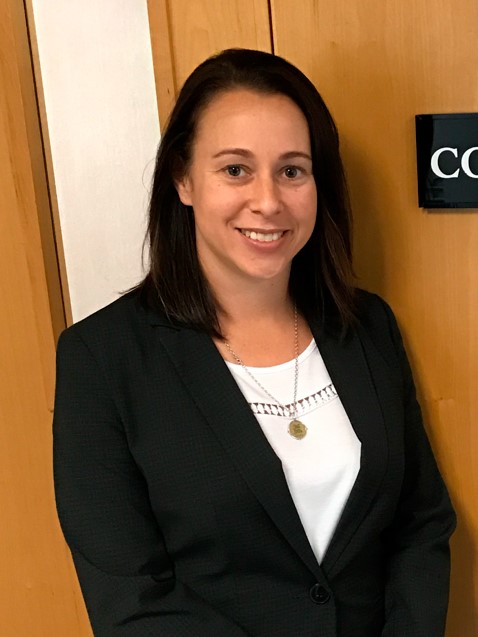
Hayley Carson
Hayley Carson, who worked at the Public Defence Service in Tauranga and Hamilton before taking a leap of faith to branch out on her own in 2017, finds the legal community to be tight-knit.
“The Hamilton Bar is really close, and we all look out for each other. It’s quite a social bunch and it’s a good crowd, with a lot of experienced and skilled barristers,” she says, adding that Judges have commented positively on the level of experience of the Hamilton Bar.
Ms Carson says her work provides a lot of variety and like most criminal lawyers the bulk of her work comes from legal aid. But that is part of the appeal.
“There are people from all walks of life, from every part of society, with varying degrees of understanding of the law. Most of the work I do is through legal aid, so that throws up a range of cases.”
Nevertheless, Ms Carson admits that Hamilton isn’t blessed with the best weather conditions, “being in a basin it can be quite wet a lot of the time”, while there isn’t the opportunity to go the beach as there is in Tauranga and Mt Maunganui.
But she points out it is close to many hotspots. “We’re pretty central. It’s just over an hour to Rotorua, it’s an hour and a half to Mt Maunganui and Auckland, Raglan, Kawhia, Coromandel – Taupo too – are all about the same amount of time away, so there’s a lot of different places that are easy get to. It’s a great place to live.”
And that’s backed up by Ms Twaddle, who says there’s more to the region than just cows and rugby.
“I think Hamilton and and our broader Waikato and Waipa regions have so much to offer in terms of doing work here and living here. The work we are instructed on is often nationally significant. It is strategic and engaging. It comes from great client relationships.
“The lifestyle is fantastic. There’s coastal resorts, mountains, a big city, arts, rivers, lakes and so on. We love it, and wouldn’t want to be anywhere else.”
Factbox
The area now covered by Hamilton was originally the site of a handful of Māori villages, including Kirikiriroa, from which the city takes its Māori name. By the time English settlers arrived, most of these villages, which sat beside the Waikato River, were abandoned. The new settlement was renamed after Captain John Fane Charles Hamilton, the commander of HMS Esk, who was killed in the Battle of Gate Pā, Tauranga. As well as a statue of Captain Hamilton, which stands in the Civic Square, the CBD also possesses a statue of actor Richard O’Brien as Riff Raff in the Rocky Horror Picture Show.
Hamilton’s population in the 2013 Census was 141,612, an increase of 12,024 people, on the 2006 Census.
Of this, 28,605 are Māori, the second highest of New Zealand’s 67 districts.
The median age is 32.2 years, compared to 38.0 years nationally.
The top industries for employment are health care and social assistance (12,830 people); retail trade (8,170); manufacturing (7,720); and education and training (7,640).
Among the sports teams who play in Hamilton are the Chiefs and the Moolos (rugby), the Waikato Bay of Plenty Magic (netball) and Northern Districts (cricket).
